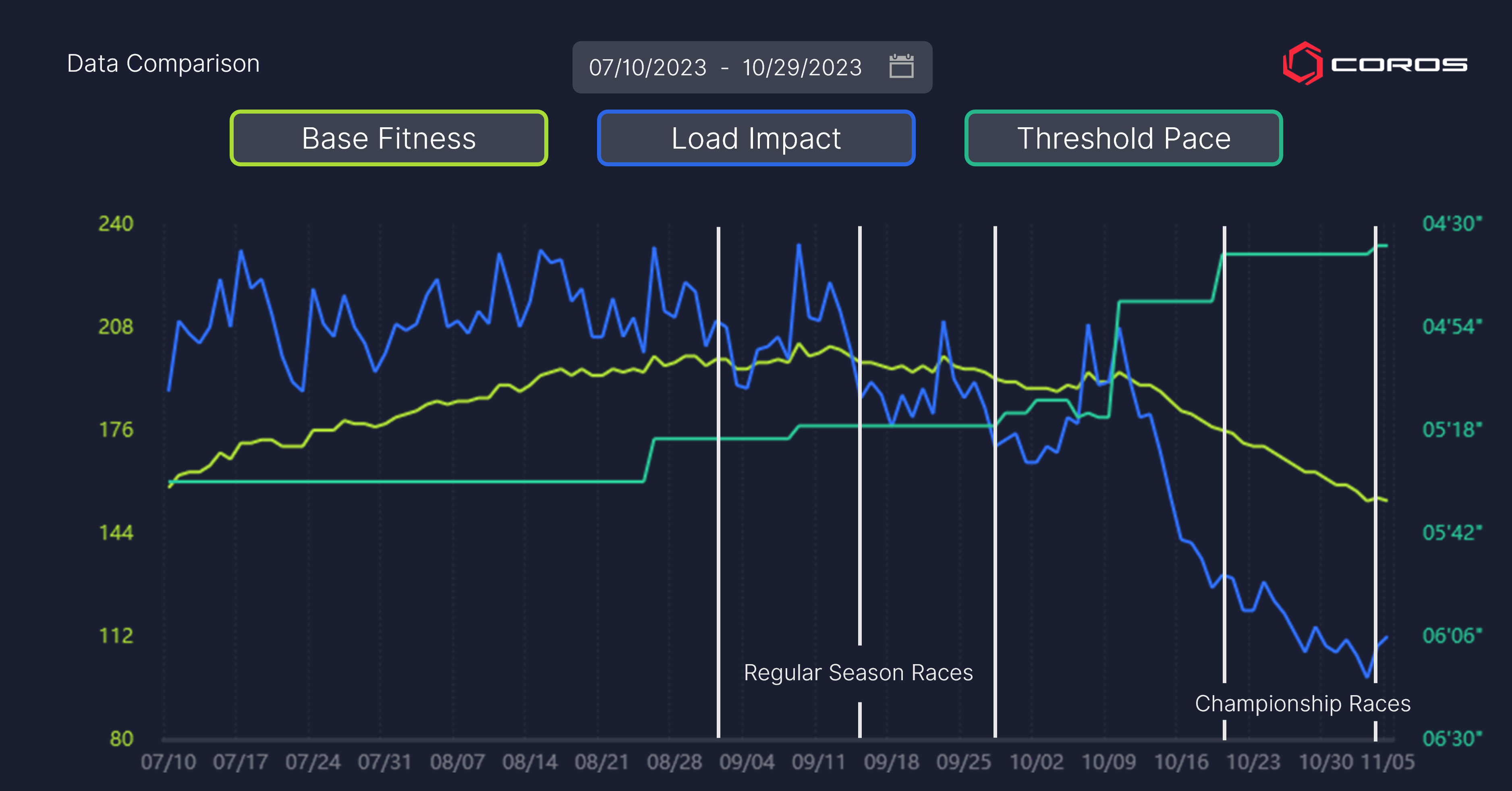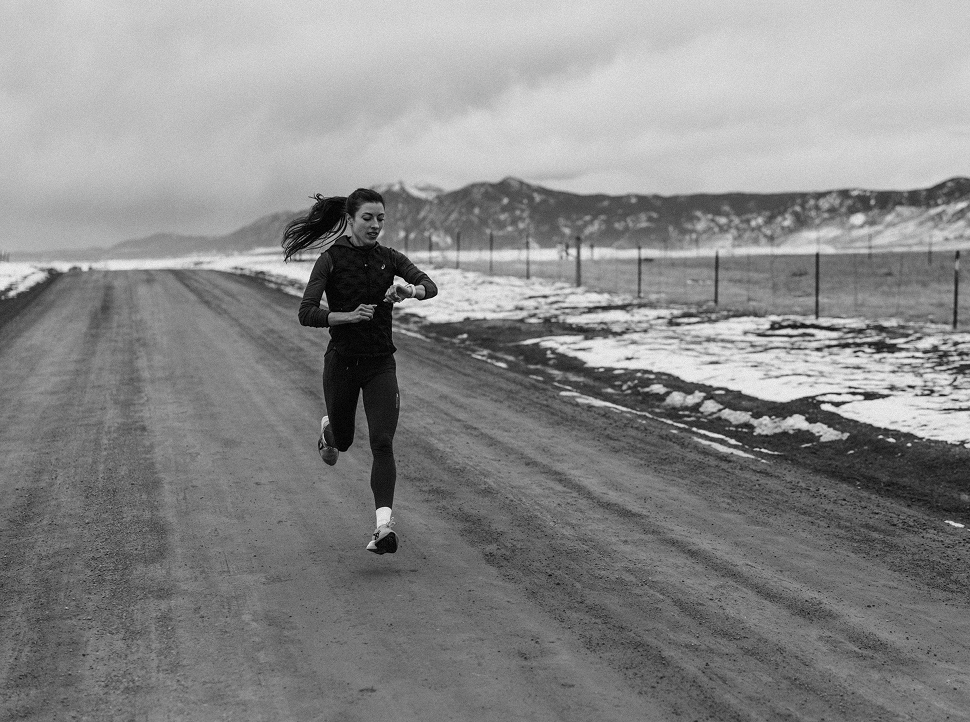The fall race season is a thrilling time for runners, filled with opportunities to test fitness, gauge progress, and achieve personal bests. However, a higher frequency of 5K or cross country races can pose a challenge for maintaining consistent training. To balance racing with training effectively, it's essential to adopt strategies that integrate races into the broader training plan. This approach not only helps in maintaining peak performance but also ensures steady improvement throughout the season.
Understanding the Role of Races in Training
Races serve multiple purposes beyond just competition. They provide a platform to test fitness, implement race strategies, and build mental toughness. For coaches and athletes, races are valuable tools to identify strengths and weaknesses, allowing adjustments in training. Training through races means treating races as part of the overall training regimen rather than peak performance events. This strategy can keep the athlete in top form throughout the season while avoiding burnout and injury.
Structuring Training Around Races
Effective planning is crucial when integrating races into a training schedule. Here's a guide to structuring your training around race days:
- Identify Key Races: Determine which races are the most important for the season. These are the events where you aim to peak, and are often towards the end of the season. Other races will be used for training purposes.
- Plan Training Phases: Divide the season into training phases, each with specific focus areas (e.g., base, build, peak). The COROS Training Hub calendar includes a tool to help plan your training phases. Incorporate races into these blocks, aligning them with the training goals for each period.
- Adjust Workouts: Modify training intensity and volume around race days. Reduce the workload slightly before a race to ensure freshness, and adjust the days following the race to prioritize recovery.
- Maintain Consistency: Keep the overall training volume and intensity consistent, even if it means performing well below maximum effort during some races. Significantly reducing volume or intensity several times in a season can lead to a decrease in fitness. That's the opposite of what we aim to achieve!
Coaches Tip: COROS uses a metric called Base Fitness to track your long term fitness. When you reduce volume or intensity, it will go down. This is okay for a final taper, but not during your build phase!
Pre-Race and Post-Race Considerations
While some races are more important than others, it's still important to prepare well for every competition. By sticking to a raceday routine, you can gain meaningful experience for your most important races later in the season. The days leading up to and following a race require careful attention to ensure optimal performance and recovery:
- Pre-Race Preparation:
- Staying Fresh: Slightly reduce training volume 2-3 days before the race to ensure the body is rested but not detrained.
- Nutrition: Focus on quality meals to fuel performance. Stay hydrated and avoid foods that might cause gastrointestinal distress.
- Mental Preparation: Visualize the race, review race strategy, and maintain a positive mindset.
- Warm Up: On raceday, complete a dynamic warm up along with 5-10 minutes of jogging to prime your body for the race.
- Post-Race Recovery:
- Cool Down: Engage in a light jog and stretching immediately after the race to promote recovery.
- Rest: Allow for adequate rest. Depending on the race intensity, this might mean taking a day off or doing light cross-training the following day.
- Review: Analyze race performance to identify areas of improvement and adjust training accordingly.

An example of an athlete progressing throughout the season. Training load stays high during the regular season, and tapers off for the key races.
Strategies for Training Through Races
- Use Races as Workouts: Treat non-key races as high-intensity workouts. Many runners forget that a race is also a great workout! Your body will still adapt to races just like any other workout. Focus on honing your race skills, such as pacing, surges, or finishing strong, without pressuring yourself to put it all together every time.
- Listen to Your Body: Pay attention to signs of fatigue or overtraining. Adjust the training plan based on how the body responds to racing and training stress. COROS provides recovery metrics like resting heart rate or heart rate variability to easily identify what your body is telling you. Monitoring these will help you know when to push on and when to take a recovery day.
- Stay Flexible: Be prepared to adjust the training plan based on race performance and recovery. One of the benefits of having multiple races is having more insights into your fitness. Use that to your advantage, and be open to adjusting based on recent performances.
Conclusion
Training through races during a busy 5K or cross country season requires a strategic approach that balances competition with consistent training. By integrating races into the broader training plan, athletes can maintain peak performance, steadily improve, and avoid burnout. Effective planning, recovery, and flexibility are key to navigating the demands of the season successfully. With careful attention to training and racing, runners can achieve their goals and enjoy a fulfilling and successful season.

/filters:quality(90)/fit-in/970x750/coros-web-faq/upload/images/183108346295c98ddbb4d70d38060c63.png)





